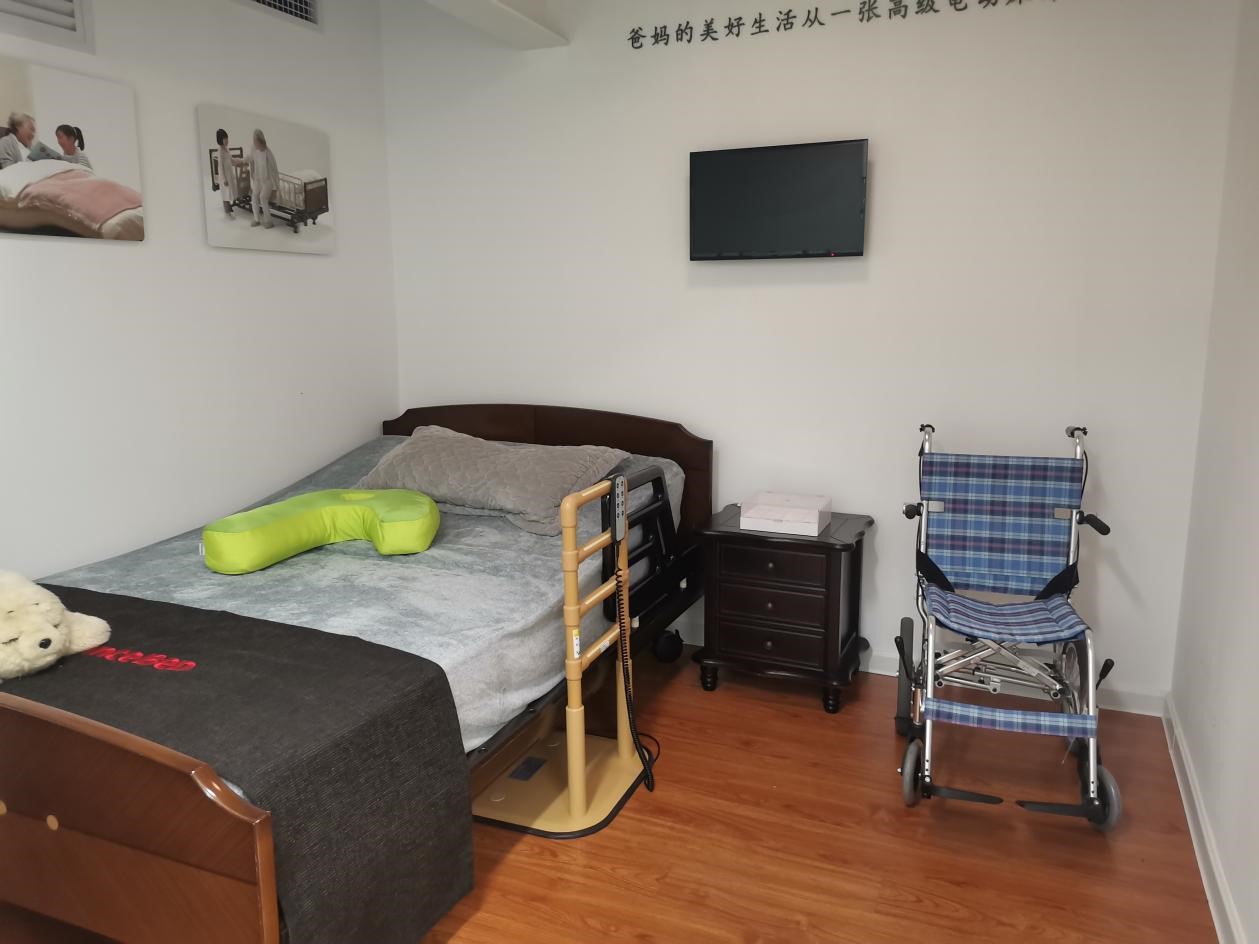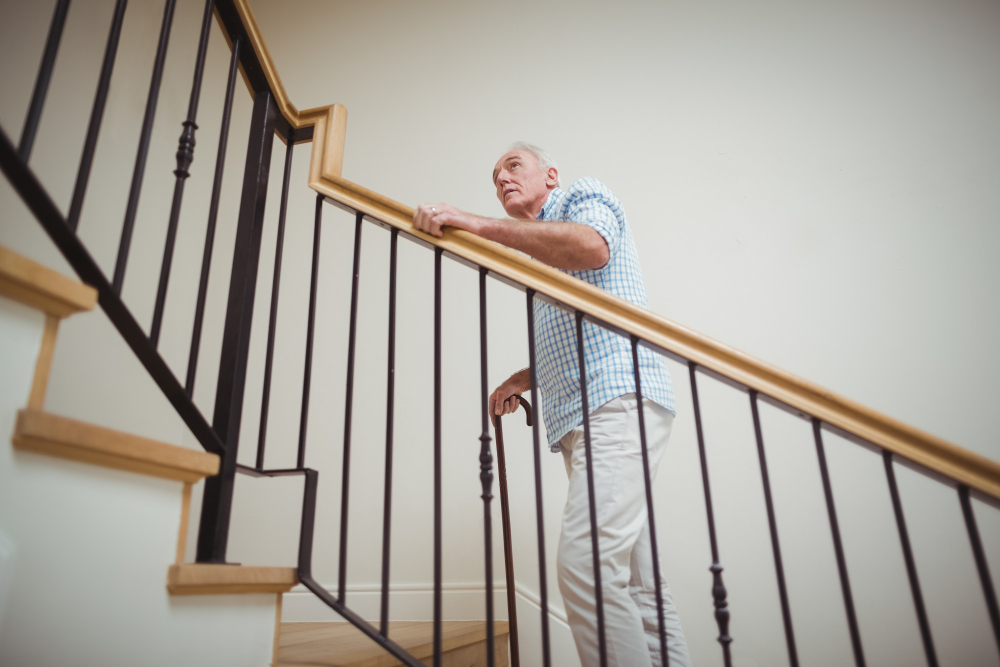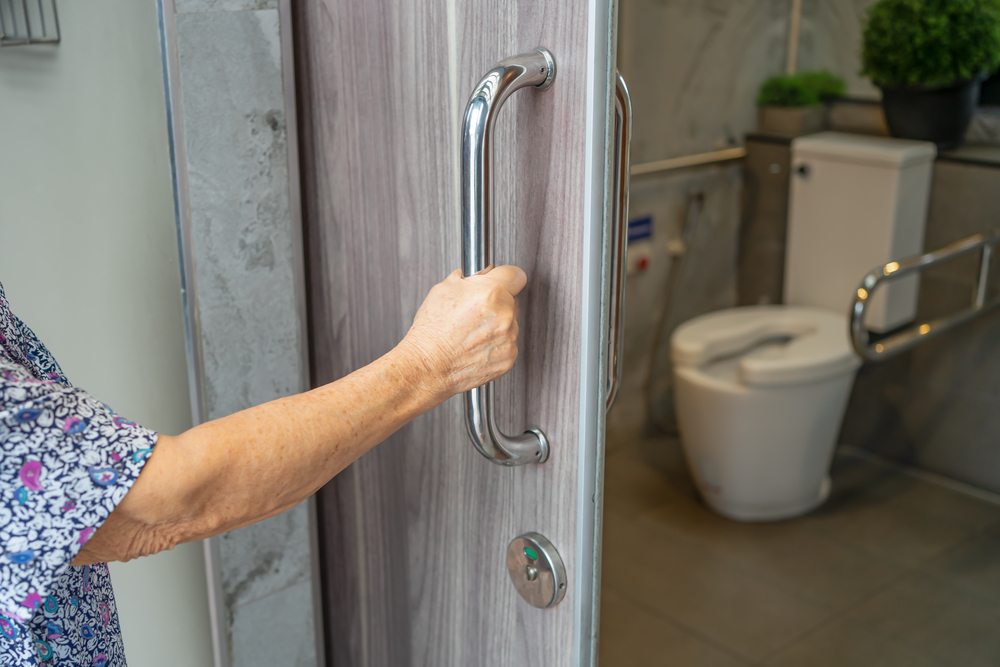Creating a safe living environment is crucial, especially when it comes to preventing tripping hazards in living room. This is particularly important for families with young children, elderly members, or individuals with mobility challenges. The living room is often a central hub in the home, making it a prime area to address safety concerns. By implementing thoughtful strategies, you can transform your living space into a secure haven.

Understanding the Importance of Safety
Why focus on the living room? It’s simple. This room witnesses the most activity. From playtime to gathering with family, the living room must be designed to minimize risks. Preventing tripping hazards not only ensures the well-being of your loved ones but also provides peace of mind.
Identifying Common Tripping Hazards
To effectively tackle the issue of tripping hazards, it’s essential to first identify what these hazards are. Common culprits include loose rugs, clutter, and electrical cords. Each of these can easily cause someone to lose their footing. Begin by surveying your living room to pinpoint potential dangers.
Solutions for a Safer Living Room
Securing Rugs and Carpets
Loose rugs and carpets are notorious for causing trips. To prevent accidents, use double-sided tape or non-slip pads to keep them firmly in place. Consider removing smaller throw rugs altogether if they pose a significant risk.
Organizing and Decluttering
Clutter is another major tripping hazard. Regularly organizing and decluttering the living room can greatly reduce the risk of falls. Ensure that pathways are clear and that items are stored neatly. Visit fall prevention tips for more information on how to effectively organize your space.
Managing Electrical Cords
Electrical cords should be tucked away or secured against walls to prevent trips. Consider using cord covers or rearranging furniture to hide cords from walkways.
Enhancing Visibility
Proper Lighting
Good lighting is crucial for preventing trips and falls. Ensure your living room is well-lit, especially during the evening hours. Install additional lamps or overhead lights if necessary.
Night Lights
For those who navigate the living room during nighttime, night lights can be a helpful addition. They provide just enough illumination to identify obstacles without disturbing sleep.
Implementing Smart Technology
Incorporating smart technology can further enhance safety. Motion sensors and smart lighting can automatically adjust to provide the necessary illumination when someone enters the room. Learn more about how IoT sensors can transform everyday living.
Furniture Arrangement
Thoughtful furniture arrangement can prevent accidents. Ensure there is ample space to move between furniture pieces, and avoid overcrowding the room. This not only enhances safety but also improves the aesthetic appeal of your living room.
Regular Safety Checks
Conducting regular safety checks can help maintain a safe living room environment. Periodically review the space for new hazards, especially after rearranging furniture or making other changes. This proactive approach ensures long-term safety.
Adapting for Specific Needs
Considerations for the Elderly
For elderly family members, additional measures may be necessary. Consider installing grab bars or using threshold ramps for easier mobility. Explore threshold ramps for the elderly to learn more.
Childproofing for Young Ones
When young children are part of the household, childproofing becomes essential. Secure furniture to the walls, cover sharp corners, and ensure that toys are stored safely to prevent tripping.
External Resources
For additional information on creating a safer home environment, the article on senior-proofing the home is a valuable resource.
Conclusion
By prioritizing the prevention of tripping hazards in the living room, you are taking a significant step toward ensuring the safety and well-being of your family. With careful planning and regular maintenance, your living room can become a safe and inviting space for all.

FAQs
What are the most common tripping hazards in living rooms?
Loose rugs, clutter, and electrical cords are among the most common tripping hazards.
How can I make my living room safer for elderly family members?
Consider using threshold ramps and installing grab bars to enhance safety for elderly individuals.
Are there any smart technologies that can help prevent tripping?
Yes, smart lighting and motion sensors can be highly effective in preventing tripping hazards.
This article contains affiliate links. We may earn a commission at no extra cost to you.






